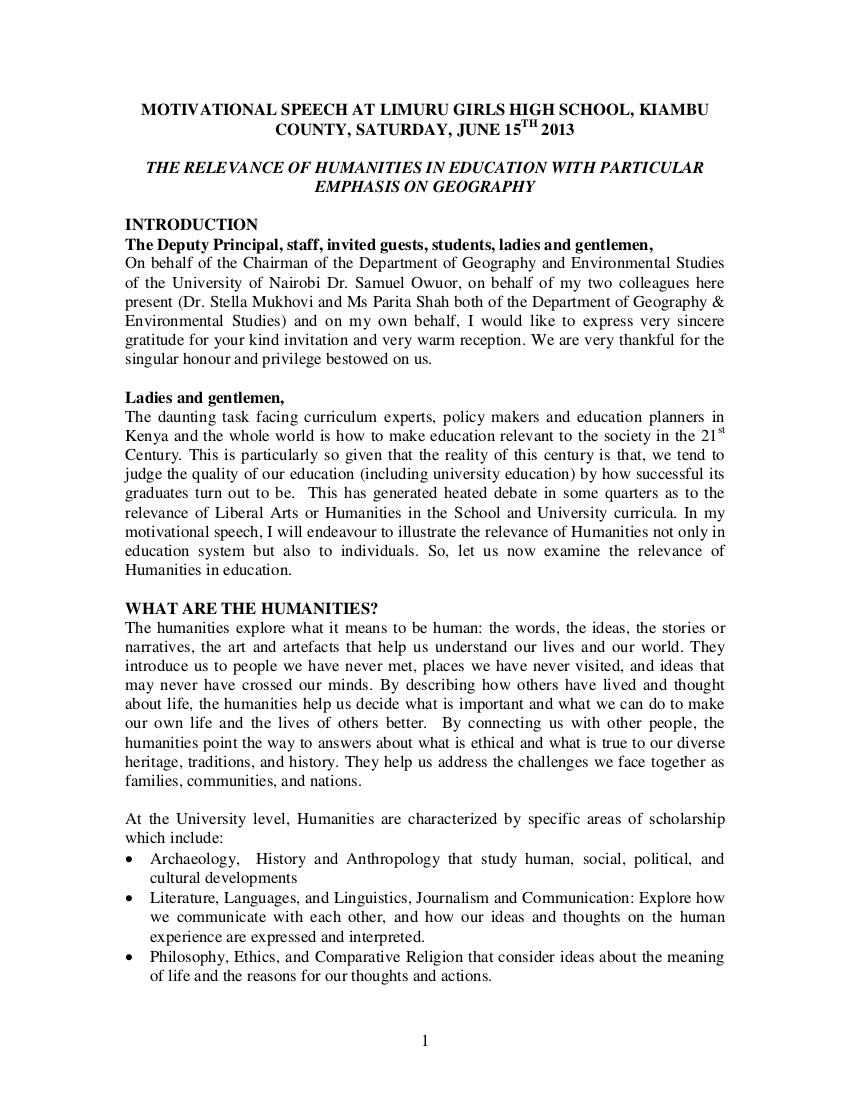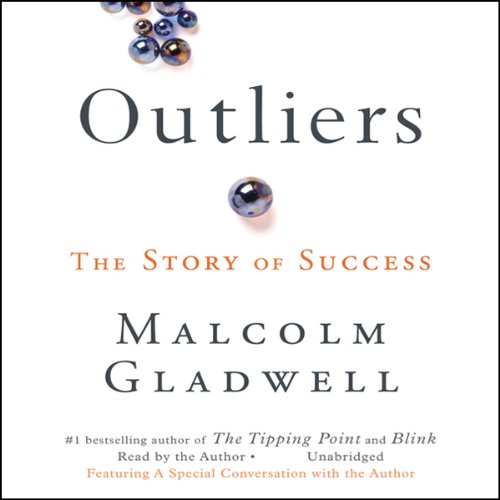
Frozan reports how stretched their finances are: “my father is the only one earning, which is never enough for the entire family…during winter we had to go through tough moments.”

Frozan’s father is a farmer whose livelihood is being threatened by the effects of climate change. Almost two-thirds of Balkh’s residents are rural, and more than half are illiterate, particularly women. With fewer than 1 in 5 Afghan women working, the picture is not promising for a young Afghan woman looking to make a living.įrozan is the eldest of four sisters living in Balkh Province, northern Afghanistan. Afghanistan has South Asia’s fastest growing population and biggest youth bulge, meaning around 400,000 new jobs need to be created every year. According to a joint World Bank and Afghan Government report, almost half of unemployed Afghans are under 25, disproportionately women. In Afghanistan, poverty continues to rise, also fuelled by widespread unemployment particularly affecting women and young people. Her main options for the future are to get married off to an older man or piece together odd jobs which makes planning or saving for the future tricky. As a young unmarried mother, Halima is particularly vulnerable to social stigma and had to drop out of school. Safe drinking water is scarce and expensive, meaning diseases like malaria are rife. Halima (pictured) is an eighteen-year-old with a seven-month-old son in Kwangare, a Nairobi slum area where most people live on less than $1 a day. 80% of unemployed Kenyans are under 34, totalling almost 2 million young Kenyans without clear livelihoods options. These figures are attributed to the glacial growth of formal sector jobs for Kenya’s soaring population: in sub-Saharan Africa just 10% of jobs are now in the formal sector. 1 in 6 of Kenya’s youth is unemployed, compared to 3% across the border in Rwanda.


According to the UN, despite hosting the region’s largest economy, 39.1% of Kenya’s working-age population is unemployed. All they need is just a bit of guidance from organisations like Hand in Hand, a global NGO focused on business and skills training with millions of members worldwide. “The single most powerful element of youth is our inability to know what’s impossible.” So said American social entrepreneur Adam Braun, capturing the attitude of the young people Hand in Hand meets every day across Sub-Saharan Africa and Asia, ready to defy the old rules of the game and create opportunities before our eyes. INTRODUCTION to Hand in Hand International’s Approachįighting the Odds by Creating their own Jobsĭorothea Arndt, CEO, Hand in Hand International


 0 kommentar(er)
0 kommentar(er)
